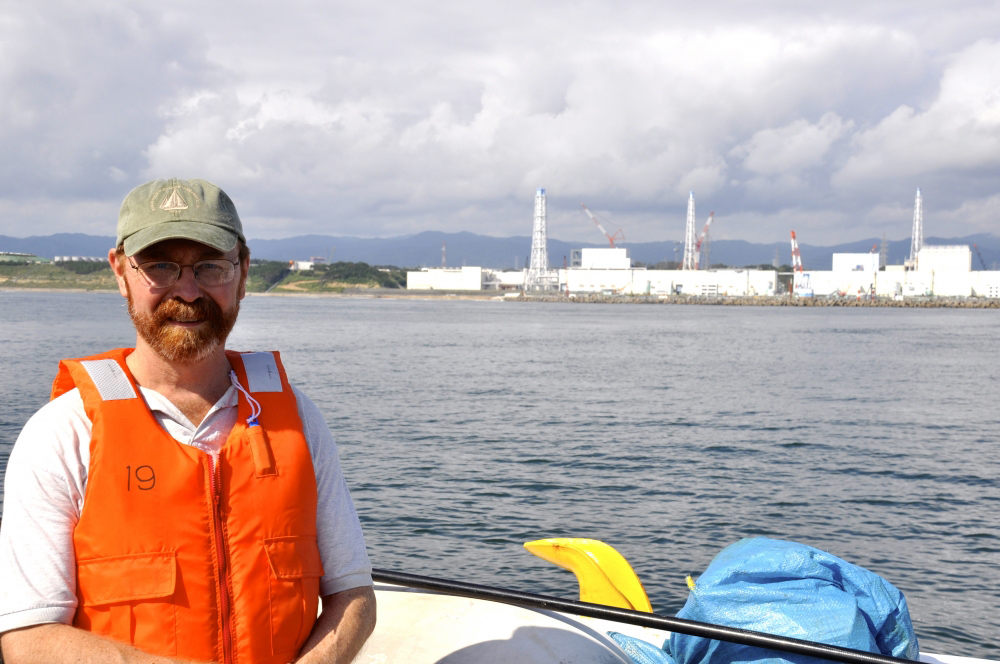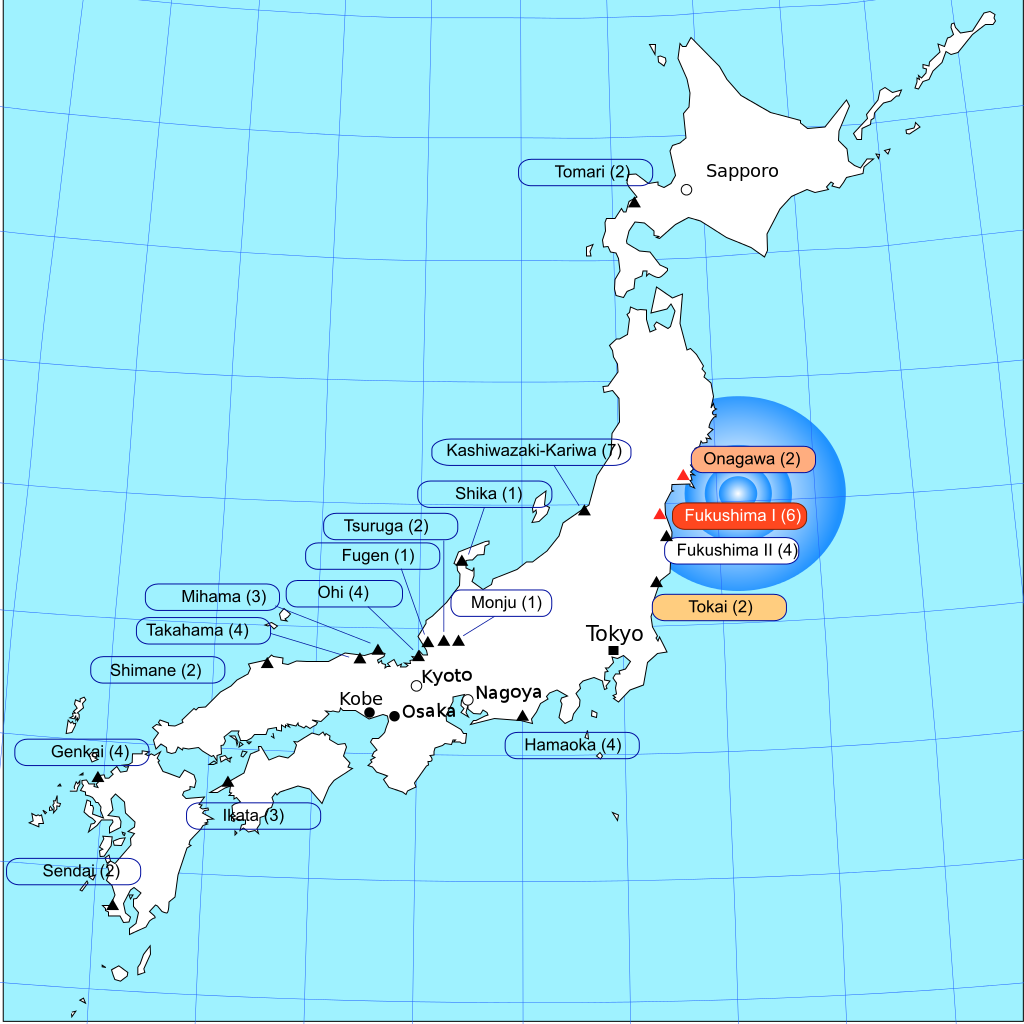The following is a UCSB news article posted by Julie Cohen in The Current on May 8 with the title above:
At a talk in UCSB’s Campbell Hall, radioactive isotope expert Ken Buesseler will share his expertise on the fallout expected to arrive on the West Coast later this year. The March 11, 2011, earthquake, tsunami and subsequent radiation releases at Japan’s Fukushima Daiichi nuclear power plant were unprecedented events with global consequences. And while the fallout is far from over, it may not be as dire on the West Coast as people might think.
No one knows that better than Ken Buesseler, director of the Center for Marine and Environmental Radioactivity at the Woods Hole Oceanographic Institution (WHOI) in Massachusetts. Less than three months after the calamity, he launched the first international research response with a 15-person ocean expedition.
Buesseler, who specializes in the study of natural and manmade radioactive isotopes in the ocean, will give a talk in UC Santa Barbara’s Campbell Hall on Tuesday, May 27. His presentation, “Fukushima – A View from the Ocean,” will begin at 7 p.m. It is free and open to the public.
In his talk, sponsored by UCSB’s Department of Geography, the Earth Research Institute, and the Interdepartmental Program in Marine Science, Buesseler will compare the radioactive releases from Fukushima to natural and prior human sources. He will also discuss the fate and transport of the element cesium and its uptake by fish and subsequent impact on Japanese fisheries.
“Whether it’s of human health concern or not, we need data to actually validate which models we should be using to look at cesium in the ocean,” Buesseler said. “Those models predict very low concentrations but it won’t be zero — this is a hard thing to convey — but so low that it wouldn’t change my habits. There are lots of radioactive isotopes already in the ocean, and there are many other things we do that are risky. Flying on an airplane or a dental X-ray would give you a much higher dose than what we’re expecting in the water here.”
Across the Pacific, ocean currents carrying Fukushima cesium will be detectable along the West Coast of North America at some point in 2014. “We use very sensitive techniques, and what we’ve seen so far are the levels of cesium isotopes you would expect only from 1960s weapons testing, the fallout of which still permeates the planet,” said Buesseler, whose work includes studies of fallout from atmospheric nuclear weapons testing and assessments of Chernobyl impacts on the Black Sea.
Although levels of cesium in the ocean being released from Fukushima nuclear power plant three years later are a thousand times lower than in 2011, other isotopes such as strontium-90 are becoming of greater concern. They are elevated relative to cesium in the groundwater and storage tanks at the reactor site.
Buesseler will also discuss Our Radioactive Ocean, a citizen science program he launched earlier this year to help monitor the arrival of Fukushima cesium along the West Coast during the next two to three years. Those efforts currently encompass 29 sites from Alaska and Hawaii to Costa Rica, including Santa Barbara.
Santa Barbara’s participation was made possible, in part, by Shannon Carpenter’s seventh-grade class from La Colina Junior High School. They teamed up with Michelle Berman, an assistant curator at the Santa Barbara Museum of Natural History, to raise the $1,100 needed for two samples of local seawater to be tested at WHOI. The first sample will be a baseline, but both will be used to measure the levels of cesium 134 and cesium 137 isotopes. “Radioactivity can be dangerous — we should be concerned,” Buesseler concluded, “but not at the levels we’re expecting on the West Coast of the U.S. That’s important.”
Buesseler has served as chair of the marine chemistry and geochemistry department at WHOI, as executive scientist of the U.S. Joint Global Ocean Fluxes Planning and Data Management Office and as an associate program director at the U.S. National Science Foundation, Chemical Oceanography Program. In 2009, he was elected Fellow of the American Geophysical Union, and in 2011, he was noted as the top-cited ocean scientist by London-based Times Higher Education for the decade 2000-2010.




